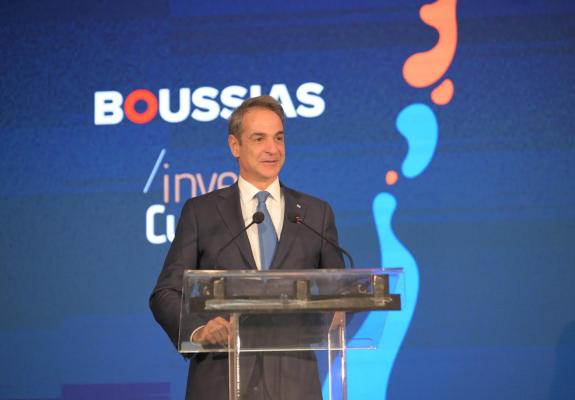The Year of Interest Rate Reductions
Transitioning from Steep Hikes to Cuts
The year 2024 will be marked by a reduction in interest rates by the world's major central banks, following approximately two years of steep increases. The question remains as to when exactly these reductions will begin and how significant they will be.
The meetings of the U.S. Federal Reserve (Fed) on Wednesday and the European Central Bank (ECB) on Thursday left no doubt that the upward interest rate cycle has ended for both.
After 11 hikes totaling 525 basis points (5.25 percentage points), bringing its key rate to between 5.25% and 5.5%, the Fed kept it unchanged for the third consecutive meeting. Similarly, the ECB held its three key rates steady for the second consecutive meeting, with the deposit rate remaining at 4%, following 10 increases totaling 450 basis points.
At the Fed's meeting, discussions about interest rate cuts were on the table. Officials forecast - as part of their quarterly economic projections - three such moves, each by 25 basis points, within 2024. This shift in monetary policy seemed to validate market money estimates, although they anticipate even more cuts next year. The Fed's projections and the statements of its Chairman, Jerome Powell, sparked enthusiasm among investors and a rally in stocks and bonds, with the Dow Jones index hitting a new historical record and the yield on 10-year U.S. Treasury bonds falling below 4% for the first time in many months.
The excitement was not only about the mention of interest rate cuts but also because these are expected to occur while the economy remains robust. The Fed's officials predict that growth will slow in 2024 but remain quite satisfactory (1.4% compared to 2.6% this year), suggesting a 'soft landing' for the economy, a contrast to previous instances where significant rate hikes had led to recessions.
On the other hand, the ECB, both in its post-meeting announcement and in President Christine Lagarde's press conference statements, avoided any reference to the timing of interest rate reductions. The markets had anticipated a likely first move in this direction in March, with a total of six reductions within 2024.
From Lagarde's statements, it appears that no rate cuts should be expected in the ECB's first two meetings of 2024 (January and March). Everything thereafter will depend on whether the ECB has the data it needs to be assured of a decline in inflation, combined with the economic trajectory, which the ECB predicts more stagnation in 2024 (an increase of 0.8% in GDP from 0.6% this year).
Following Lagarde's comments, markets shifted their prediction for the ECB's first rate cut to April, but still anticipate a total of six cuts, each by 25 basis points, next year. This means the ECB would need to cut rates at every meeting from April onwards, a scenario some analysts consider excessive. Markets now expect the Fed might lead with rate cuts from March, as it did with the increases before the ECB.






